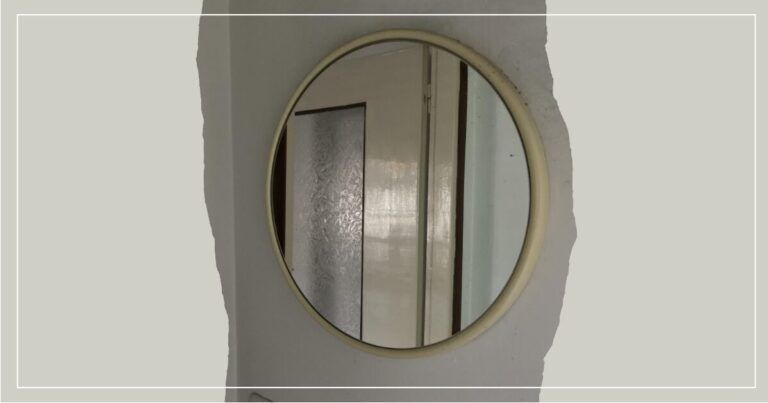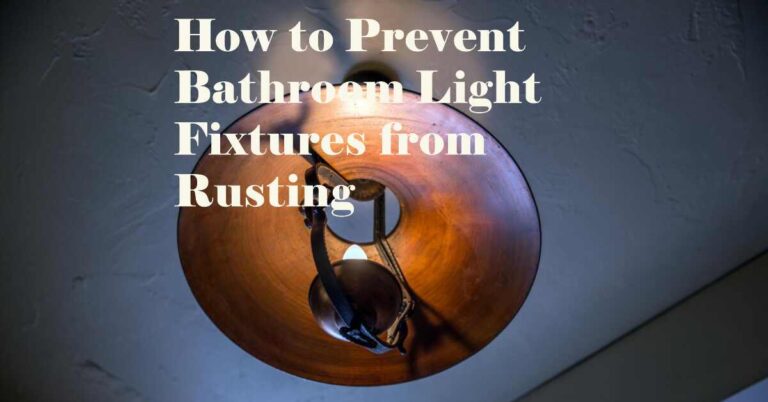Caulking for bathtubs is a cosmetic improvement and a preventive measure. A well-caulked bathtub can prevent water damage, mold growth, and pest infestation in your bathroom. But not all caulks are created equal. Depending on your bathtub material, condition, and location, you may need a different type of caulk to seal the gaps and cracks around it.
This article will guide you through choosing the right caulking for your bathtubs. I will compare the two most common types of caulking for bathtubs: silicone and latex. We will also show you how to apply caulk to your bathtub like a pro.
The Benefits of Silicone Caulk for Bathtubs
Silicone caulk is ideal for caulking a bathtub because it adheres well to non-porous surfaces such as ceramic tile, glass, and metal. It is also flexible, waterproof, and can withstand extreme temperatures.
This means silicone caulk can resist cracking, shrinking, peeling, or discoloring due to thermal expansion or contraction.
Silicone caulk also has excellent resistance to mold and mildew. It can prevent these harmful microorganisms from growing in the moist and dark areas around your bathtub.
Silicone caulk can also last longer than other types of caulk. Home Guides says silicone caulk can last up to 20 years if applied correctly.
The Drawbacks of Silicone Caulk for Bathtubs
Silicone caulk is not without its drawbacks. One of the main disadvantages of silicone caulk is that it is more difficult to apply than latex caulk.
Silicone caulk has a thick, sticky consistency that requires a steady hand and smooth motion. It also requires a caulking gun to dispense it from the tube.
Another drawback of silicone caulk is that it requires solvents to clean up. Unlike latex caulk, which can be cleaned with water, silicone needs mineral spirits or acetone to remove excess or spills.
These solvents can be harsh on your skin and eyes and may damage some surfaces.
A third drawback of silicone caulk is that it does not take paint well. Silicone caulk may not be the best option to paint over your bathtub or the surrounding walls after caulking them.
The paint does not adhere to silicone caulk and may peel off or crack over time. You may need a primer or a special paint compatible with silicone caulk.
The Benefits of Latex Caulk for Bathtubs
Latex caulk is another popular choice for caulking a bathtub. Latex caulk is made of acrylic or vinyl and has some advantages over silicone caulk. One of the main benefits of latex caulk is that it is easier to apply than silicone caulk.
Latex caulk has a thinner and smoother consistency that can be applied with a caulking gun or a squeeze tube. It can also be smoothed with a wet finger or a damp sponge.
Another benefit of latex caulk is that it cleans up with water. You don’t need solvents to remove any excess or spills of latex caulk. You can wipe them off with a wet cloth or water. This makes latex caulk safer and more convenient to use than silicone caulk.
A third benefit of latex caulk is that it can be painted over. If you want to change the color of your bathtub or the surrounding walls after caulking them, latex caulk can accommodate that.
Latex caulk can accept most types of paint and can blend in with the background. You can also choose from different colors of latex caulk to match your bathtub or wall color.
The Drawbacks of Latex Caulk for Bathtubs
Latex caulk also has some disadvantages compared to silicone caulk. One of the main drawbacks of latex caulk is that it is less waterproof, flexible, and durable than silicone caulk. Latex caulk may not seal as well as silicone caulk against water, moisture, and humidity. It may also crack or shrink over time due to thermal expansion or contraction.
Another drawback of latex caulk is that it is more prone to mold and mildew growth. Latex caulk may not resist as well as silicone caulk against these harmful microorganisms. Mold and mildew can grow on the surface or inside the cracks of latex caulk, causing discoloration, odor, and health problems.
A third drawback of latex caulk is that it does not last as long as silicone caulk.
How to Choose the Best Caulk for Your Bathtub
Now that you know the pros and cons of silicone and latex caulk, how do you choose the best one for your bathtub? Here are some factors to consider:
- Your bathtub material: Different types of bathtubs may require different types of caulks. For example, if you have a porcelain or ceramic bathtub, silicone caulk may be better than latex caulk because it adheres to non-porous surfaces. However, if you have a fiberglass or acrylic bathtub, latex caulk may be a better option than silicone caulk because it is more flexible and less likely to damage the surface.
- Your bathtub condition: The condition of your bathtub may also affect your choice of caulk. For example, if your bathtub has cracks or gaps that need to be filled, silicone caulk may be a better option than latex caulk because it is more durable and waterproof. However, if your bathtub has minor imperfections that need smoothed out, latex caulk may be a better option than silicone caulk because it is easier to apply and clean up.
- Your bathtub location: The location of your bathtub may also influence your choice of caulk. For example, suppose your bathtub is exposed to direct sunlight, high temperatures, or frequent water splashes. In that case, silicone caulk may be a better option than latex caulk because it can withstand these conditions better. However, if your bathtub is shaded, cool, or dry, latex caulk may be a better option than silicone caulk because it can last longer.
How to Apply Caulk to Your Bathtub
Once you have chosen the best type of caulking for your bathtubs, apply it properly to ensure a good seal and a neat appearance. Here are the steps to follow:
1. Prepare the surface
Remove any old or damaged caulk from your bathtub and the surrounding walls before applying the new caulk. You can use a utility knife, a razor blade, or a special tool designed for this purpose.
Be careful not to scratch or damage the surface while removing the old caulk. After removing the old caulk, clean the surface thoroughly with soap and water or a mildew remover.
Remove any dirt, grease, soap scum, mold, or mildew from the surface. Dry the surface completely with a towel or a hair dryer.
2. Apply new caulk
Cut the tip of the caulking tube at a 45-degree angle with a utility knife. The hole in the nozzle should be just big enough to fill the joint, roughly 3⁄16 inches. Load the tube into the caulking gun and squeeze the trigger until you see the caulk coming out of the nozzle.
Place the nozzle at one end of the joint and apply a steady bead of caulk along the edge of the tub and the wall. Keep even pressure on the trigger and move at a consistent speed. Avoid stopping and starting, as this can create gaps or bubbles in the caulk.
3. Smooth the bead
Before the caulk dries, smooth it into place with a wet finger or a damp sponge. This will remove excess caulk and create a concave shape that allows water to run off easily.
You can also use a special tool designed for this purpose. Wipe excess caulk from your finger or sponge with a paper towel or rag.
4. Cure the caulk
Let the caulk dry and cure according to the manufacturer’s instructions. Depending on the type and caulk you use, this may take 30 minutes to 24 hours. Avoid using or touching the bathtub until the caulk is fully cured.
Key Takeaways
- Caulking your bathtub is important to prevent water damage, mold growth, and pest infestation in your bathroom.
- Silicone and latex caulk are the two most common caulk for bathtubs. They have different pros and cons depending on your bathtub material, condition, and location.
- Silicone caulk is more durable, waterproof, and flexible than latex caulk, but it is also more difficult to apply, clean up, and paint over.
- Latex caulk is easier to apply, clean up, and paint over than silicone caulk, but it is also less durable, waterproof, and flexible than silicone caulk.
- To choose the best caulk for your bathtub, consider your bathtub material, condition, and location and compare the benefits and drawbacks of silicone and latex caulk.
- To apply caulk to your bathtub, prepare the surface, apply new caulk, smooth the bead, and cure the caulk.
FAQs
You can use a utility knife, a razor blade, or a special tool to scrape off the old caulk. Be careful not to scratch or damage the surface. Then, clean and dry the area thoroughly.
You need to cut the tip of the caulking tube at a 45-degree angle and load it into a caulking gun. Then, apply a steady bead of caulk along the joint and smooth it with a wet finger or a sponge. Let it dry and cure according to the instructions.
Consider your bathtub material, condition, and location. Silicone caulk is better for non-porous surfaces, extreme temperatures, and water resistance. Latex caulk is better for porous surfaces, easy application, and paintability.
It depends on the type and quality of caulk you use. Silicone caulk can last up to 20 years if applied correctly. Latex caulk can last up to 10 years if applied correctly. However, you may need to replace it sooner if it deteriorates or fails to seal properly.
Use mold-resistant caulk with fungicides and biocides, clean the tub with soap or mildew remover, ventilate the bathroom, and don’t leave wet towels or clothes on the floor.
Conclusion
Caulking your bathtubs is a simple but effective way to improve the appearance and functionality of your bathroom. By choosing the right caulk and applying it properly, you can create a strong and neat seal that will protect your bathtub and the surrounding walls from water damage, mold growth, and pest infestation.
You can also enhance the aesthetic appeal of your bathtub by matching the color of the caulk with the color of the tub or the wall.
We hope this article has helped you understand what kind of caulking for bathtubs is best for your situation and how to apply it like a pro.
Thank you for reading.


